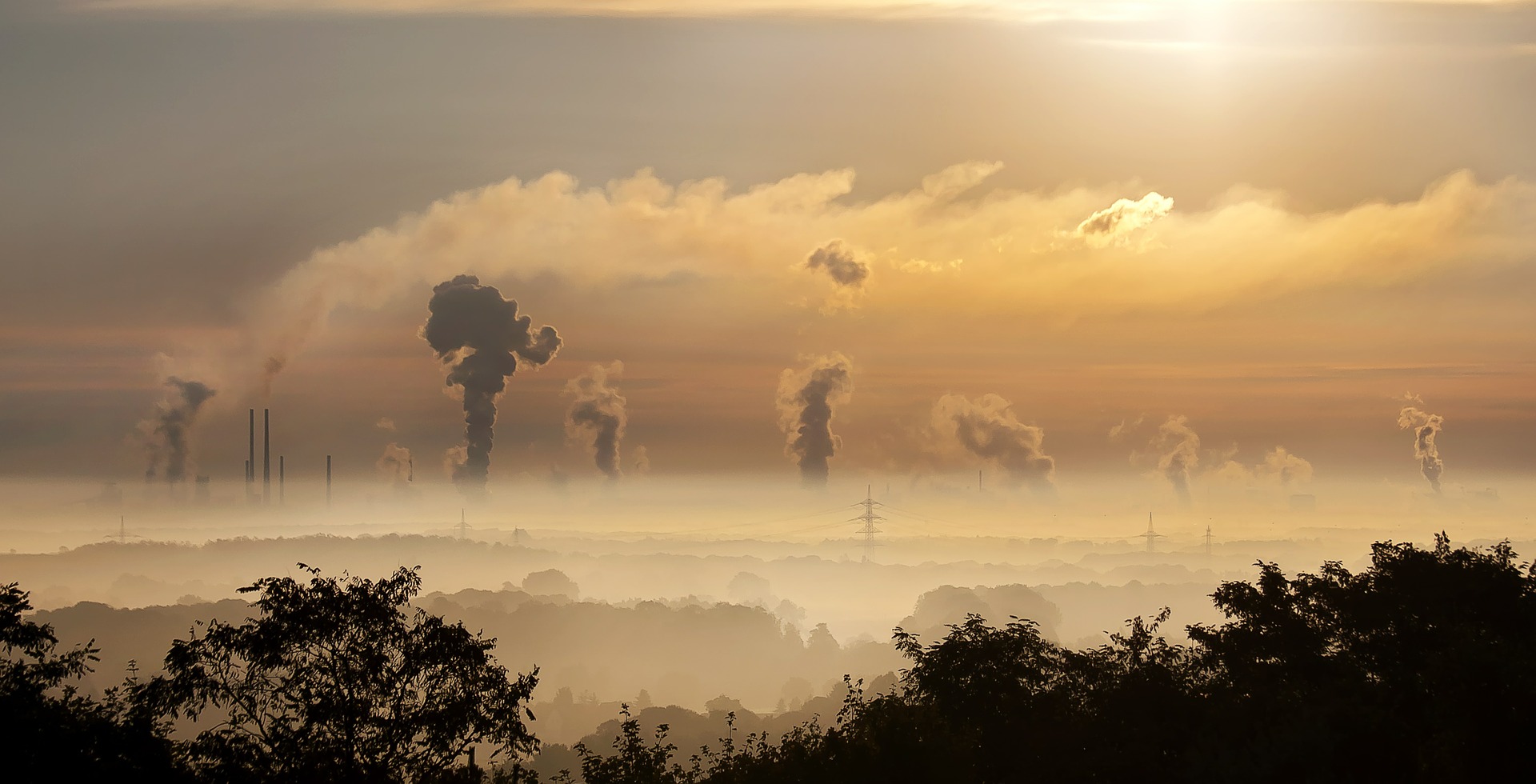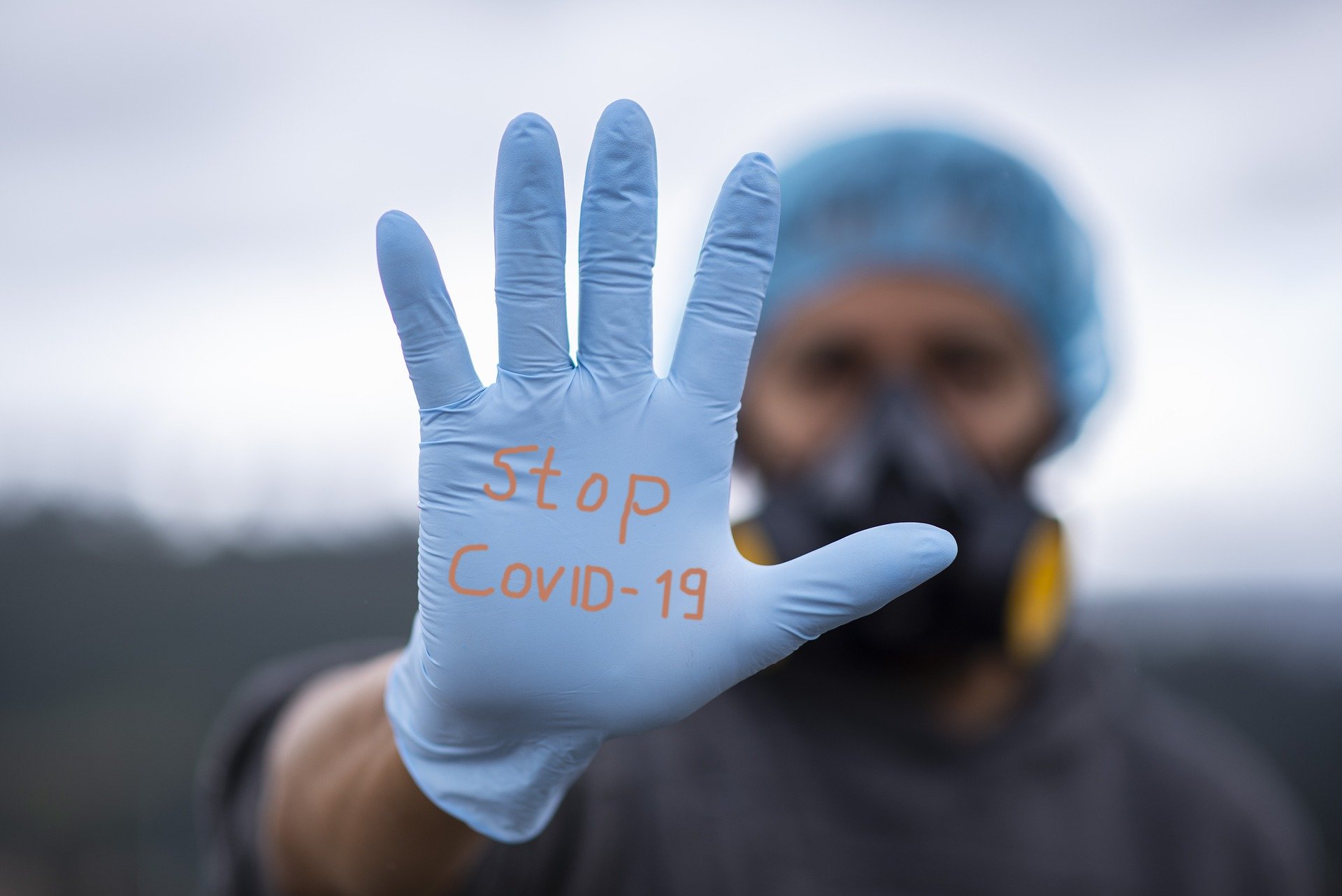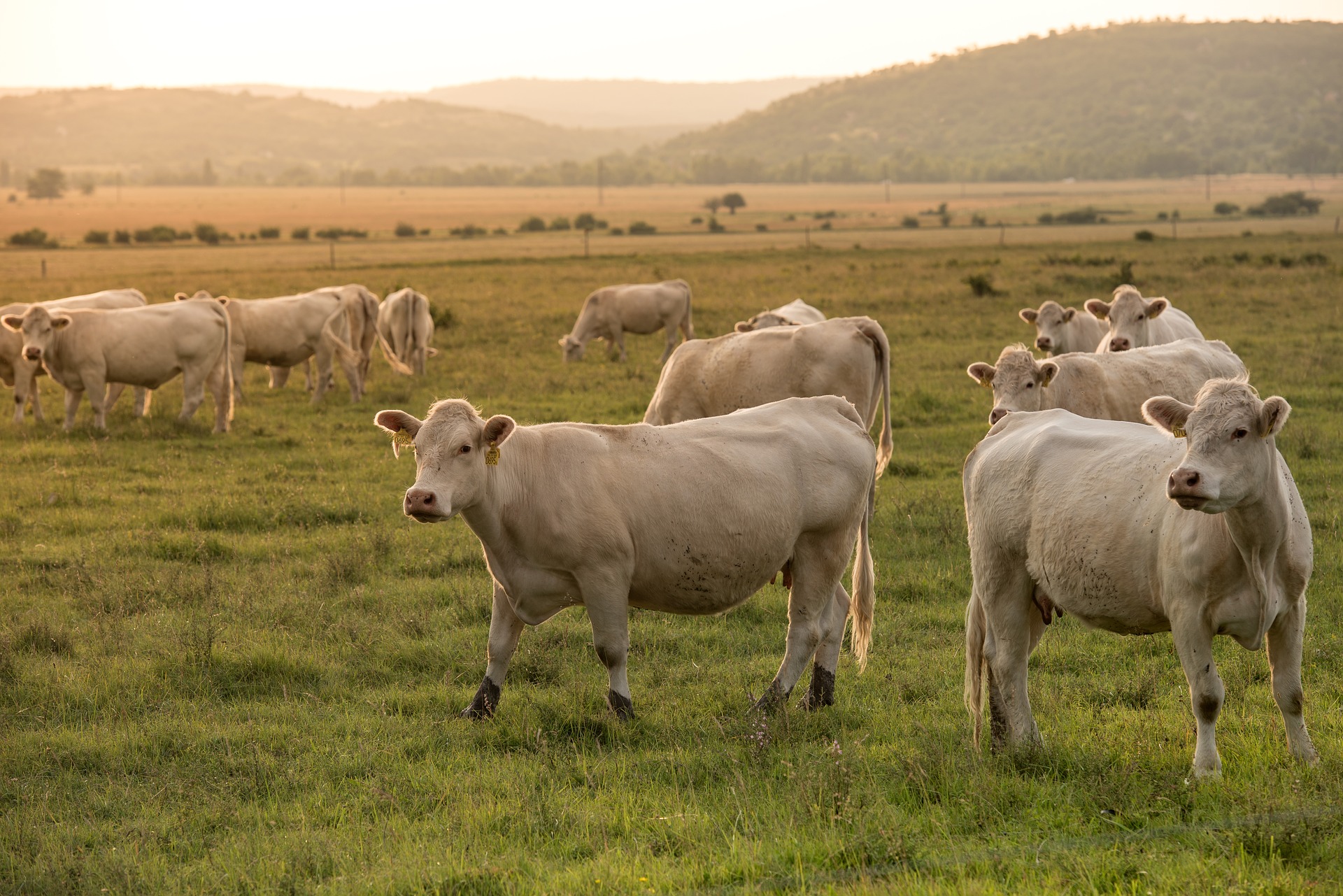COVID-19, unseen, all-powerful, the taker of lives, ignoring geographical boundaries, has been the creator of much moral discomfort. And forces us to think outside the box, to review everything we thought we knew, even mundane activities, like animal agriculture. Ideally, can we prevent pandemics at the source?
One of the benefits of lockdowns, enforced isolation, and staying at home, has been the opportunity it has given many of us to do considerable thinking – lots of it. We are no longer the apex predator we thought we were, and with that uncomfortable realization comes the need for soul-searching and visionary forward planning.
Numerous questions come to mind: Can we as a world community, thinking collectively as an intelligent species, applying global consensus intent on protecting life and creating a future, make urgent immediate changes to prevent future pandemics?
Do pandemics and diseases generally have a historical rise and fall and can we change this? While the race to develop a vaccine for COVID-19 continues, it is obvious we cannot vaccinate ourselves against everything. Surely focusing on the source/s of pandemics is also important.

Chickens and pigs are commonly raised on factory farms and of all animals eaten for meat, amongst the most-consumed. Chickens at a molecular level, have a respiratory tract like ours.
Does this make the transfer of viruses to humans easier? 50 billion chickens a year are slaughtered for food on a planet where it is estimated the entire human population that has ever lived is around 108 billion. This in itself, is a nightmare-inducing statistic. Globally, the consumption of pigs too is steadily rising.
They are capable of being infected with both avian and human virus strains. Pigs are also an intermediary in the transfer of viruses. H1N1 (Swine Flu) and H5N1 (Bird Flu) evolved on chickens and pigs.
Reputable bodies such as WHO, Centres for Disease Control and Prevention have warned that most emerging infectious diseases come from animals. The American Public Health Association some years ago even called for a moratorium on factory farming. These warnings have been ignored.

Pandemics, of course, are also linked to our collapsing environment, and initial research has indicated that poor air quality alone can affect virulence and spread. This all goes hand in hand with food production as it is the world’s largest cause of biodiversity loss, responsible for 80 percent of deforestation and more than 70 percent of freshwater use.
Our increasing population and urbanization mean negative impacts on wildlife and habitat. There are 600.000 species of mammal virus circulating in wildlife that could potentially spread to humans. Of the 335 infectious diseases that emerged between 1940 and 2004, 60 percent were of animal origin and almost 72 percent originated in wildlife.
Covid19 will not be our last pandemic. We must treat the source.
Diseases began around 10,000 years ago with the domestication of animals, with our altering of the natural environment, the creation of human settlements, and resultant closer proximity between people and wild as well as domestic animals.
Factory farms with genetically-altered animals fed artificial diets, closely-confined and highly-stressed, provide perfect, ongoing opportunities for viruses to leap, via a compromised human host, and transcend the species barrier. This has already happened. In 2009, Swine Flu on pig farms in Northern America jumped to humans, with that novel virus becoming a global pandemic, killing hundreds of thousands of people.
COVID-19 is the fourth coronavirus to jump from bats to cause large deadly outbreaks in the 21st century.
We need to consider the health of both wild and domestic animals if we are going to prevent pandemics. This will also include instigating major rewilding projects and the banning of wet markets trading in wild animals/exotic animals for food or as exotic pets. The assistance should be given to communities associated with these markets where there are food security concerns.
A logical extension of this is the realization that industrial animal agriculture is simply too risky to continue. We need to put in place immediate incentivized global dismantling measures.
Paradoxically, the rising global consumption of meat demands that this should be so.
Industrial animal agriculture is modern agriculture at its most grotesque, driven by profits. It is a flimsy, unsustainable system. While the human population has doubled in the last 50 years, our consumption of meat has tripled. Our forests have diminished, our wildlife forced from habitats. Our greed is out of control.

In the middle of Covid19 in America during April, news came out of problems in the system. Deemed an essential industry, thousands of American workers at meat processing plants still operating were contracting the coronavirus, while plans were underway with the supply chain under threat, to put down millions of animals.
This chaos continues, as the industry decides whether to stay open and risk employees’ health or shut down. Closer to home in Melbourne Australia, a meat processing plant is making headlines for being a COVID-19 Cluster. To date, 49 employees have contracted the virus and an application for the construction of a new abattoir also in Victoria, which when operating would ‘process’ 3,000 sheep a day, has run up against community opposition. One of the concerns mentioned is zoonotic transfer.
Where do we go from here?
Our food system is broken. We need a collective mending of our food system. Many alternatives exist: plant-based meats, cellular meats, other emerging sustainable proteins such as algae, and air proteins. We could give greater support to small-scale, sustainable producers, and regenerative agriculture. Think tanks, not-for-profits, and organizations specializing in achieving systemic change can help drive the changes, aided by other international bodies and progressive governments.
Post-COVID-19, many countries will have perfect opportunities to renew their economies. Australia is no exception. Rather than watching our ratings steadily decline in the Atlas of Economic Complexity because our GDP is still largely made up of extractive industries and primary production, we could reinvigorate our economy with sustainable innovations.
Industry Growth Centres, supported by the Australian Government, with key growth areas such as cybersecurity, advanced manufacturing, food and agribusiness, and medical technologies are perfect vehicles for this post-COVID economic renewal. Alternative proteins have a considerable part to play in this.
It all comes back to attitude, vision, a global mind sensing the crisis we are in and then decisively putting in place the necessary actions. If we don’t, civilization as we know it runs the risk of collapsing or ceasing to exist at all: Mother Earth’s final revenge!
As a first step to redeeming ourselves, the Earth, our Mother, is telling us very loudly industrial animal agriculture must be removed. It is an anachronism.







